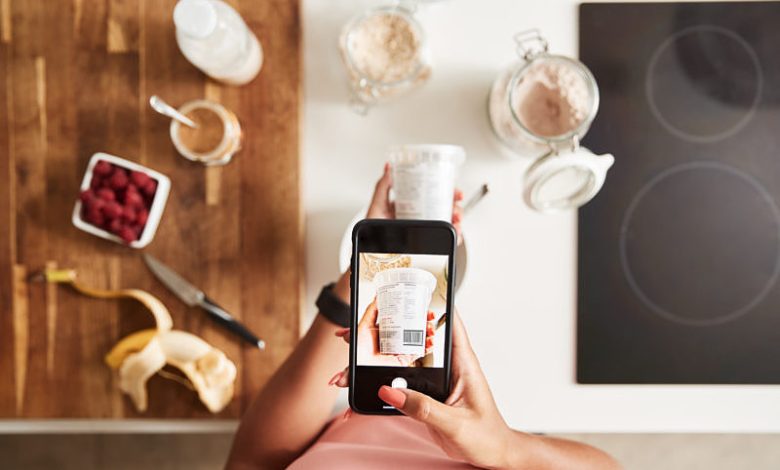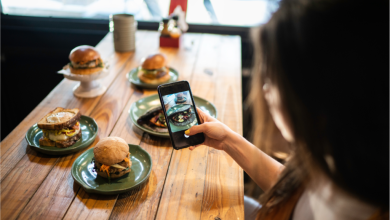
Retailers and packaged product makers are frequently presented with new packaging alternatives and the phrases that go with them, like “smart packaging,” “active packaging,” “intelligent packaging,” and “connected packaging.” What exactly do those terms imply, and what is the distinction between them?
In this article, we’ll define each phrase and how these types of packaging benefit specific sorts of goods and organizations so you can choose which ones are most important to you and your company.
Smart Packaging
“Smart packaging” is a catch-all term for any form of packaging that incorporates technology to perform functions that aren’t limited to just packing goods. Smart packaging is often equipped with technology that can detect or transmit information about the product or brand.
Intelligent Packaging
“Intelligent packaging,” also known as “smart packaging,” is a type of smart packaging that’s most often utilized for foods, beverages, and pharmaceuticals. Intelligent packaging can include sensors that can tell if the package contents are fresh or cool. Freshness or time/temperature indicators or sensors may be placed inside or outside the package to notify retailers and customers whether a critical criterion has been exceeded.
A packaging colour change, for example, might indicate bacterial growth, faulty seal, or temperature fluctuation. In the pharmaceutical business, intelligent drug packaging with integrated RFID chips, LEDs, and tiny loudspeakers may alert users to pill removal and sound an alarm if they are misplaced. Pharmaceutically prepared medicines packed with NFC chips allow patients to check package inserts and reorder drugs using their phones.
Active Packaging
Active packaging, also known as “intelligent packaging,” is a term used to describe how certain types of materials can be utilized to interact with the contents of a package to enhance product shelf life or quality during storage. Light filtering substances, oxygen and ethylene absorbers, antimicrobial surface coatings, and moisture-regulating compounds may all be incorporated into the packing or added separately as an insert
Active packaging, for example, may release antimicrobial chemicals when it senses that the freshness of a product is being jeopardized to prevent bacterial growth. Oxygen absorbers are used in some beers packaged in plastic bottles to extend shelf life from three to six months. Film packaging with ethylene absorbers can remove the ripening hormone ethylene as the food is kept on store shelves, giving it longer shelf life.
Connected Packaging
Connected packaging, on the other hand, isn’t just limited to food and drink items—it can be found in virtually every retail product category, including toys, cosmetics, gaming, and apparel. A unique code is printed on or within the package of connected packing applications. To access special material via a mobile device, consumers must enter a specific code.
Brands also use connected packaging to deliver coupons, offer collectable items, and allow consumers to confirm whether a product is authentic.
Connected packaging applications are becoming increasingly popular with marketers since they may create stronger ties between consumers and companies, resulting in more brand loyalty and increased customer lifetime value.
Let’s Review the Terms
Smart Packaging: The umbrella term for packaging with improved functionality through technology.
Intelligent Packaging: Sensors are used to determine the condition (e.g., freshness or temperature) of the product. Food and beverage
Active Packaging: When packaging food, the container and its contents must remain in close contact. It’s a practice used to maintain product freshness and extend shelf life by interacting with the package contents to change their condition, especially extending freshness or shelf life. Food and beverage are two of the most common industries where this method is utilized.
Connected Packaging: Consumers can now use a mobile device to interact with a product based on the packaging’s code that can be activated with it. It is used by marketers to provide its consumers with unique content.
Smart Packaging Enhances Your Brand
Appetite Creative connected packaging solutions offer companies the chance to generate and share customized digital content with their customers. Appetite Creatives linked packing technologies give brands the ability to develop and distribute bespoke digital content with consumers.




